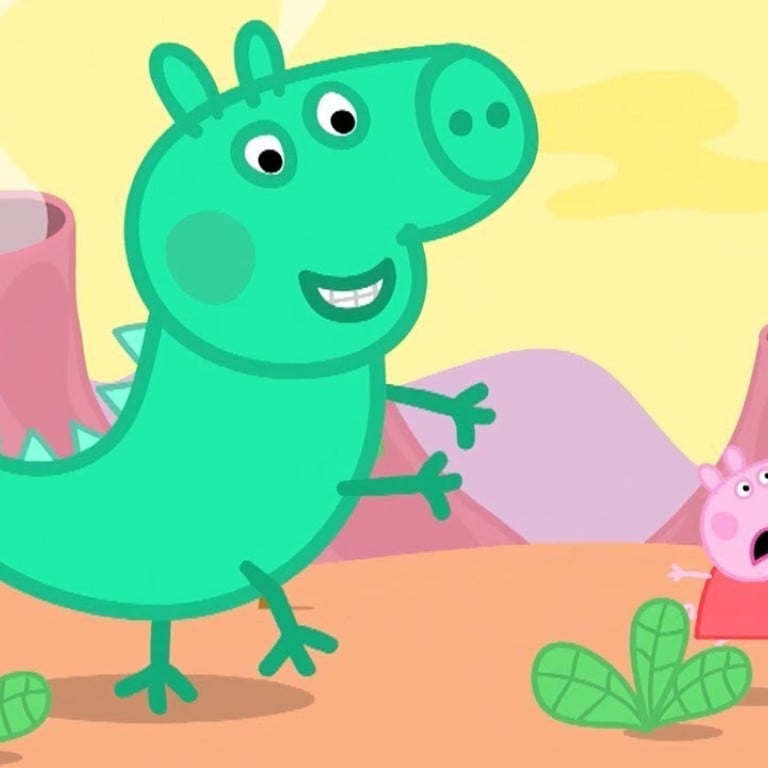
After Peppa Pig’s ban in China, seven other cartoons censors have blocked
Peppa Pig was considered too much for a Chinese video app, but it’s not the first time that seemingly innocuous cartoon characters have fallen foul of the censors in China
Chinese citizens are no strangers to the government clamping down on popular culture – often for unclear or seemingly arbitrary reasons.
This week, the internet mocked China’s State Administration of Press, Publication, Radio, Film and Television (SAPPRFT), a regulatory agency that decides what gets aired, after it ruled that children’s television character Peppa Pig promoted a slacker lifestyle and announced its banning from video sharing app Douyin.
Chinese father dresses as Peppa Pig to sell pancakes to pay for daughter’s medical treatment
The video ban followed a crackdown on Peppa picture books last year, part of a wider campaign against celebrating Western culture. The cartoon pig made her Chinese debut in 2015, and has since become a favoured mascot among adults who identify with shehuiren, or slacker culture.
Peppa is the latest in a line of seemingly innocuous cartoon characters to have fallen foul of Chinese censors. Here, we take a look at other shows banned in China in recent years.
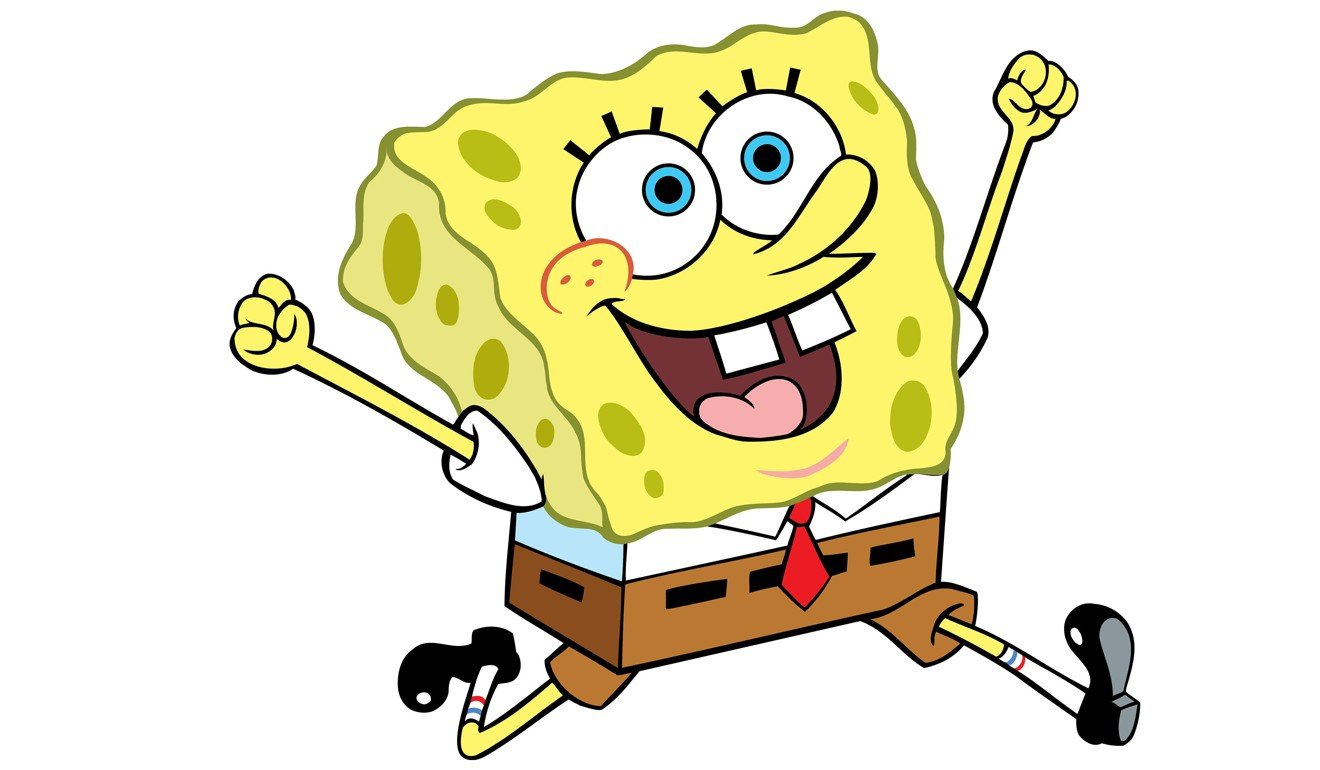
SpongeBob SquarePants
One of the world’s most widely banned cartoons, irreverent Nickelodeon comedy SpongeBob SquarePants was an obvious choice for restriction in China – though perhaps not for the reasons you might imagine.
What does China have against Peppa Pig?
In 2008, the animated series about a goofy sea sponge and his marine pals was banned on all children’s channels in the prime time viewing hours between 5pm and 8pm to promote China’s domestic cartoon industry instead. The State Administration of Radio, Film and Television said in a statement that the measures would help “create a favourable environment for the domestic cartoon industry”.
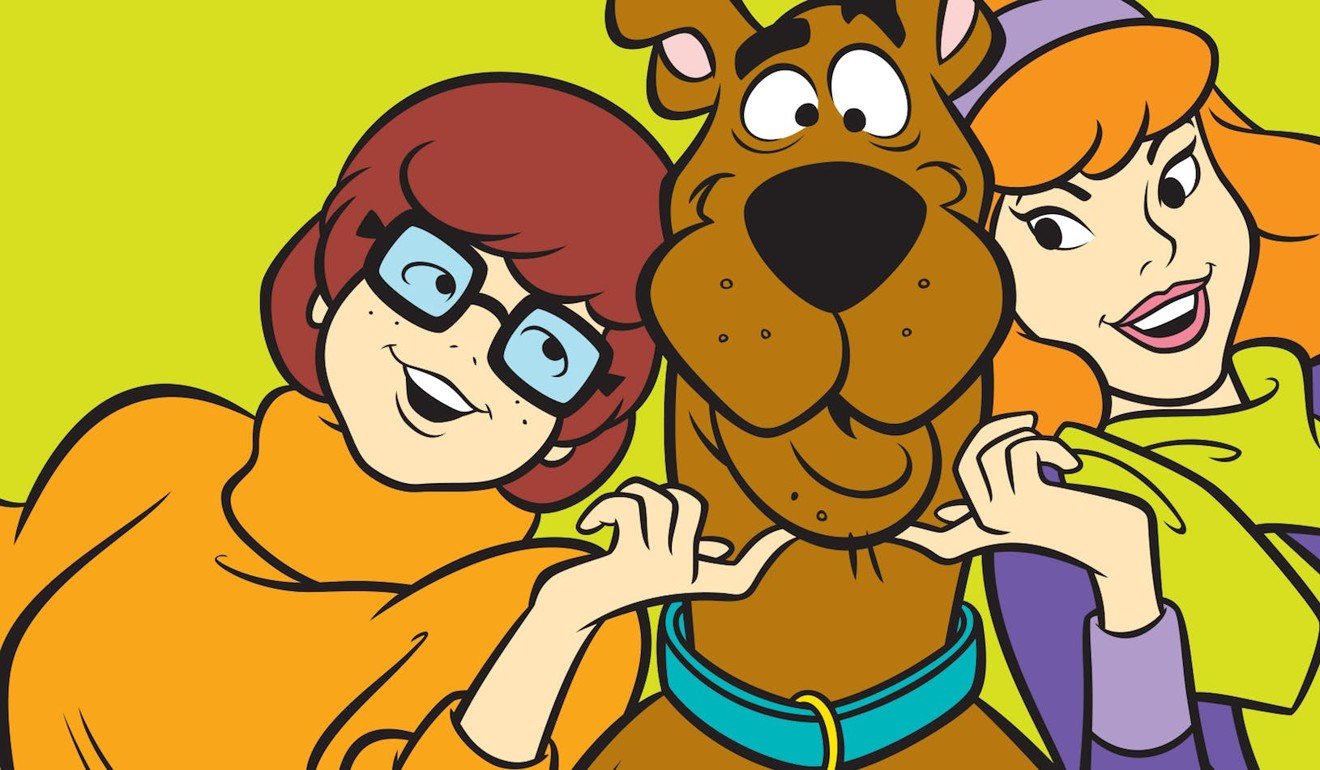
Scooby Doo
Restricted on the same basis as SpongeBob, Scooby Doo was another cartoon squeezed out of the Chinese airwaves in 2008 to promote the domestic animation industry in the “golden hours” evening slot. The ban would “enhance the [the administration’s] management over cartoon programmes and create a favourable environment for the domestic cartoon industry”, the administration said in a statement, according to Xinhua. Other Western cartoons to have fallen under the same restriction include The Flintstones and Bugs Bunny,
Chinese president Xi Jinping can’t bear being compared to Winnie the Pooh any more, so the cartoon cub is now banned in China
Death Note
China’s Ministry of Culture is known to crack down on anime and manga it deems too violent. The Death Note animated series, adapted from one of the most successful manga of all time, was singled out as a particularly bad influence due to a string of incidents where schoolchildren inspired by the storyline were found writing their own lists of people they wanted dead.
In 2007, China banned a Death Note-inspired notebook children had been using to write their lists, leading to the confiscation of 187 notebooks in the southern city of Shenzhen, according to Anime News Network.
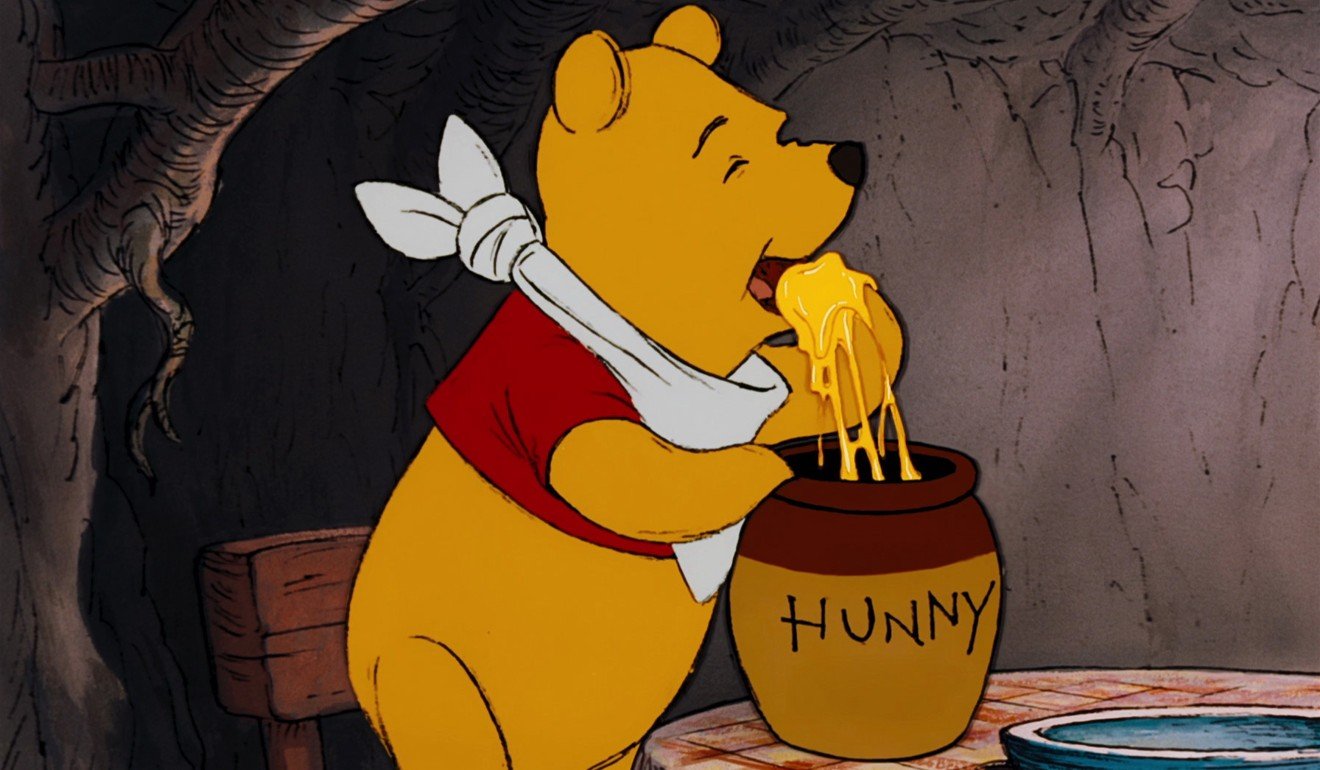
Winnie the Pooh
Last year, Winnie the Pooh joined the ranks of subversive cartoon characters after the plump, yellow bear was used in memes to mock Chinese president Xi Jinping.
As well as showing zero tolerance for anything that ridicules the country’s leader, censors chose to stamp down on the bear to prevent social media users from taking Pooh bear as a euphemism for the leader in the run-up to last autumn’s Communist Party Congress, which saw Xi begin his second term in office.
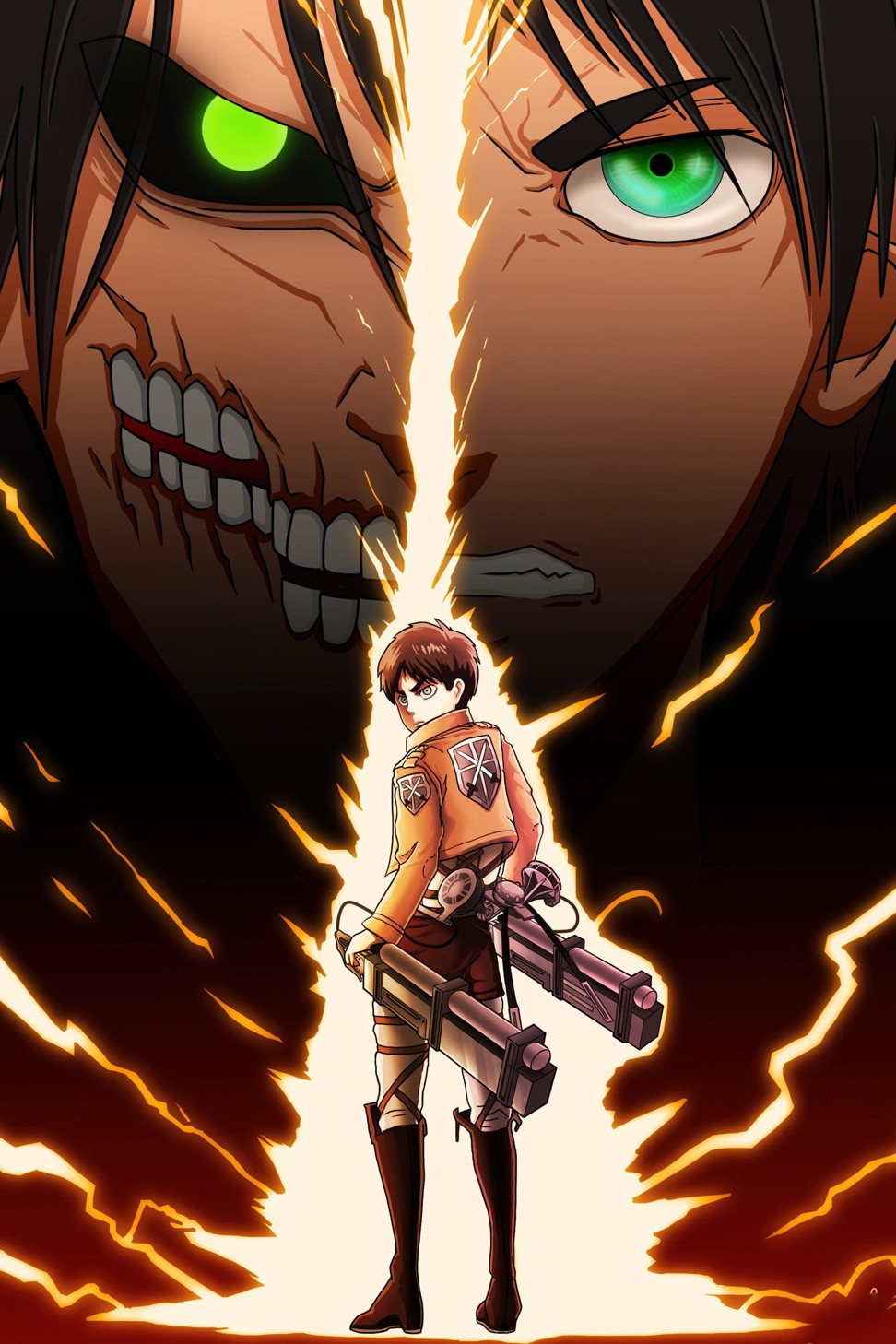
Attack on Titan
As well as popular titles such as Tokyo Ghoul, Devil May Cry, Highschool of the Dead and Death Note, the axe also came down on Attack on Titan, a violent show that carried extra significance after democracy supporters in Hong Kong used imagery from the series during the Occupy protests in 2014.
No more gory Elsa, Mickey and Peppa Pig as China cracks down on graphic cartoons for kids
Bojack Horseman
Chinese censors thwarted one of Netflix’s best hopes of breaking into the lucrative Chinese entertainment market last year when the critically acclaimed animated series Bojack Horseman disappeared from China’s iQiyi streaming service.
Aimed at an adult market, the dark comedy, which features a drunken, melancholic, celebrity horse, struck a chord with young, disillusioned Chinese, who began sharing memes and quotes from the show.
“Adjustments need to be made to the content,” iQiyi told Bloomberg, without elaborating, after pulling Bojack two days after the show’s launch. Rumours circulated that, like Peppa Pig, the show found wide appeal among the slacker crowd and was seen to promote nihilism.
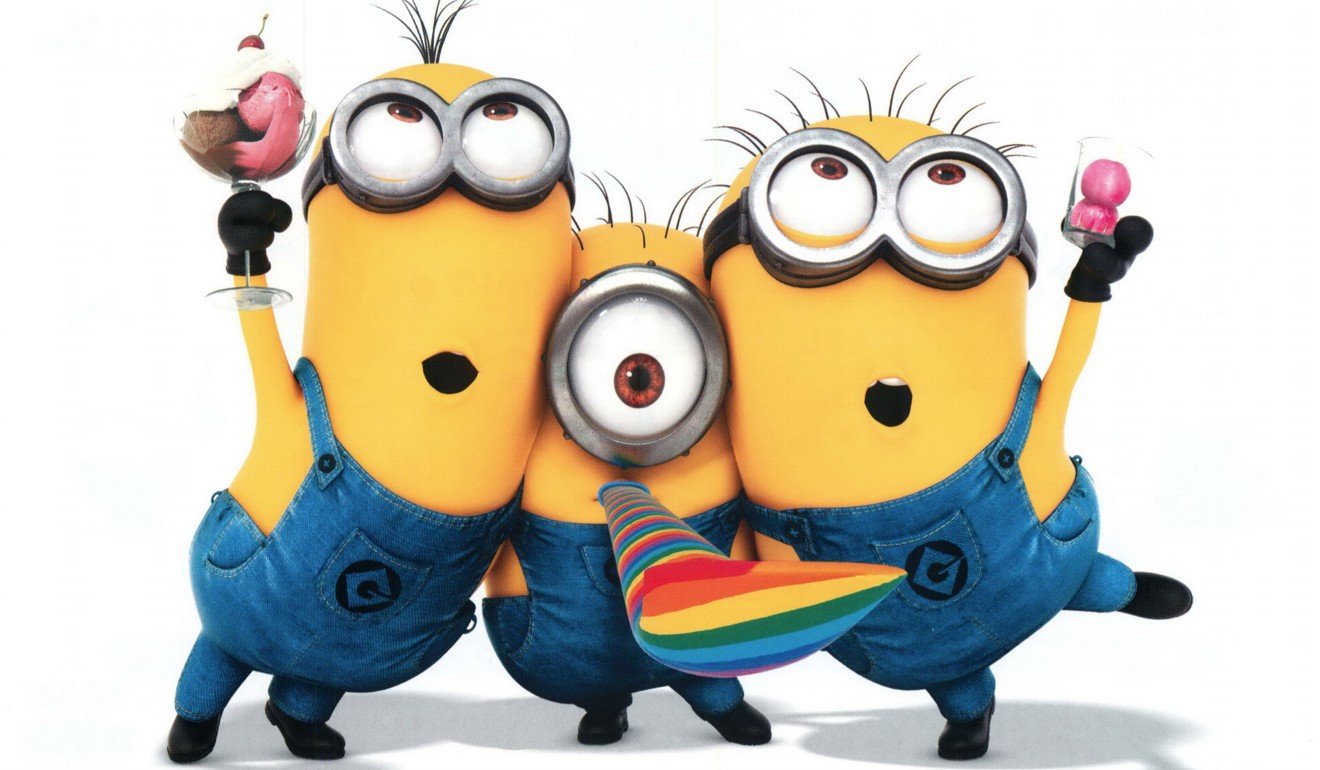
Despicable Me 2
In a similar turn, DreamWorks’ The Croods ended its run in Chinese cinemas two weeks early, allegedly because it was bringing in more income than domestic animated films.

